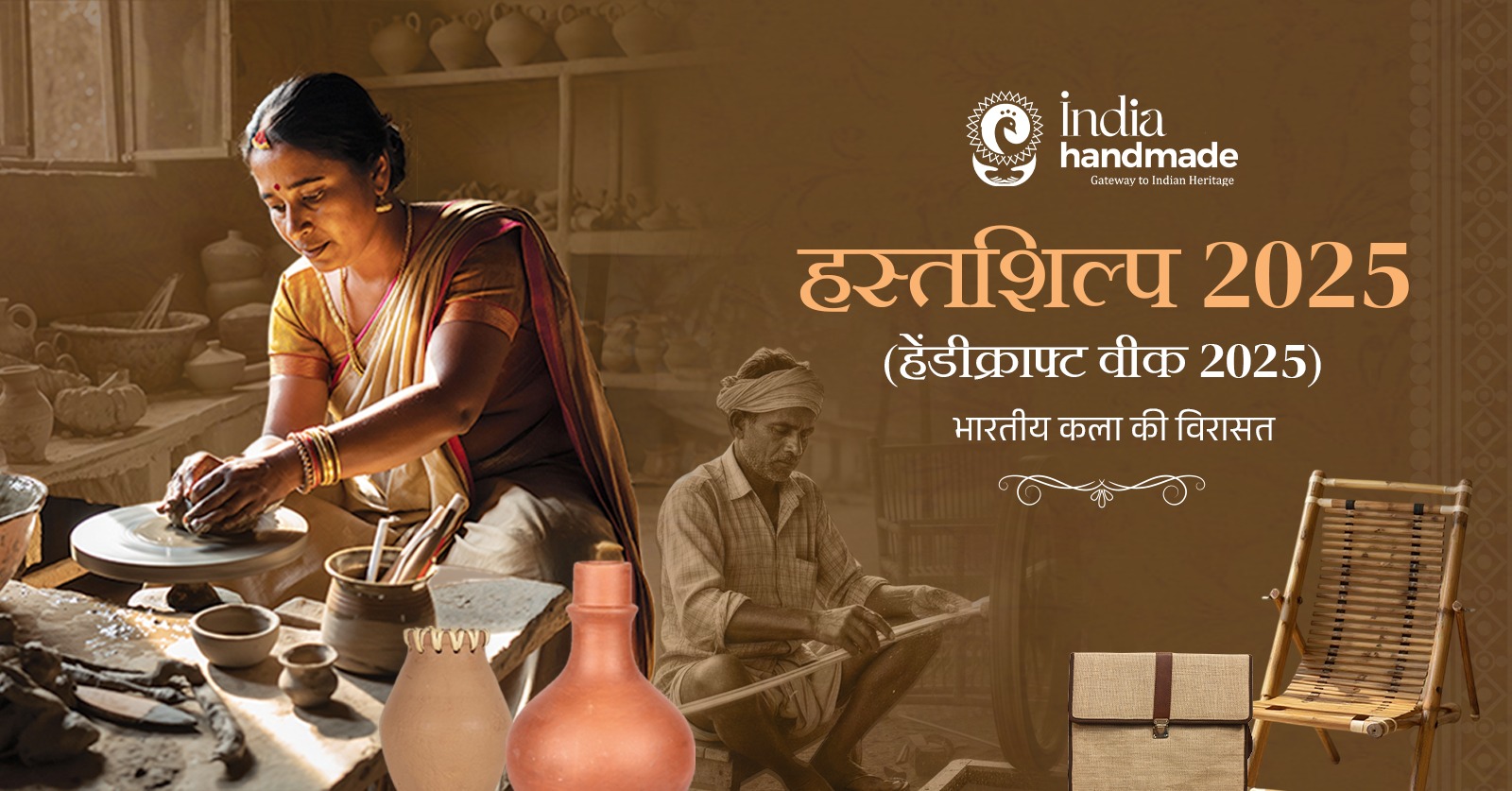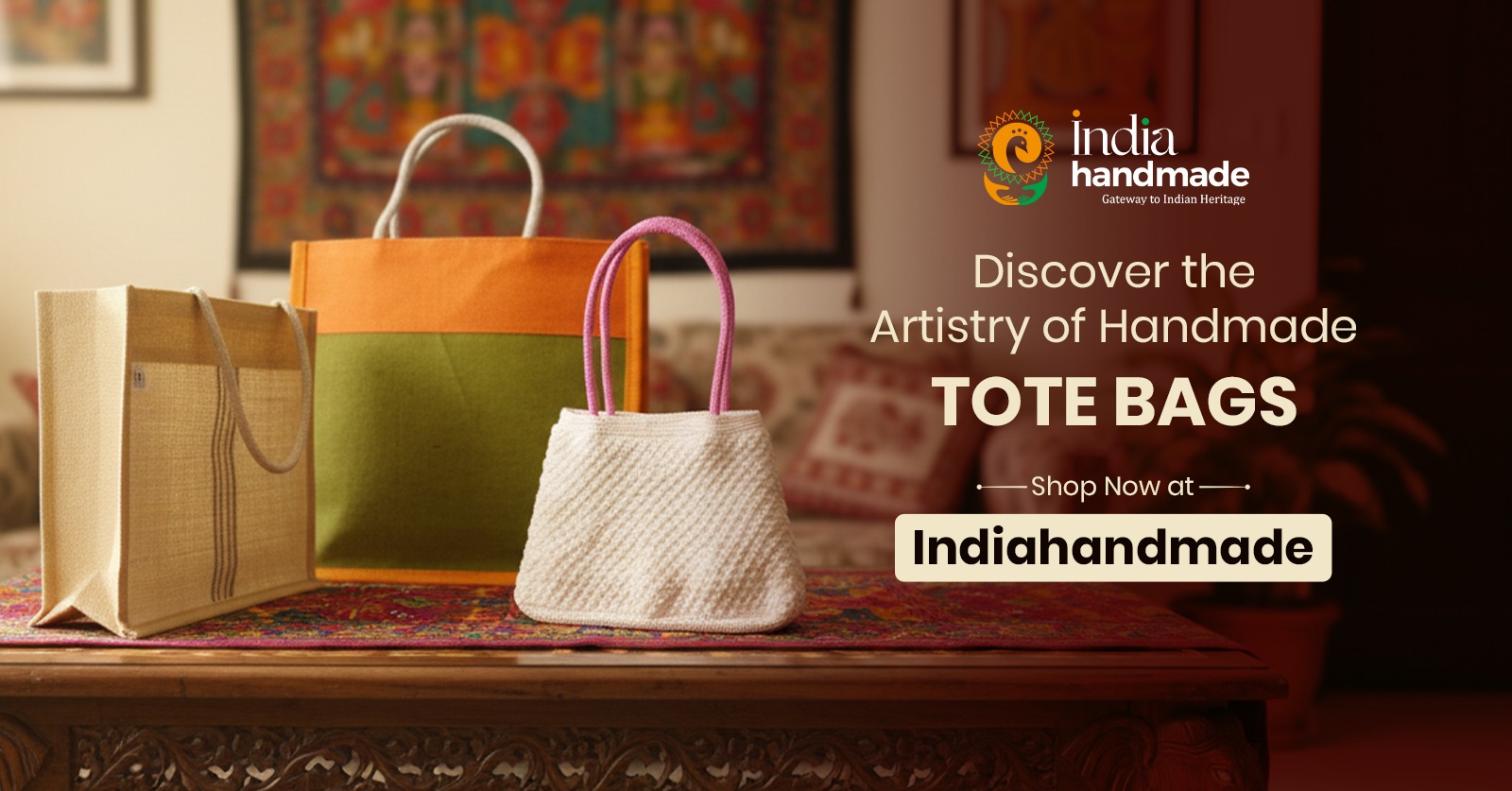
The cultural heritage of India is vast and brimming with traditions that are deeply embedded into the lives of the people through practices involving festivals, rituals, customs and even the dress code. There is no doubt that our traditional wear tends to depict regional identity and provides a sense of belonging to the tradition and festivity that used to be part of our cultural calendar for years. Below, we shall try to establish some of these links by viewing typical Indian festive wear and its symbolism.
Traditional Sawan Dresses
Sawan is the auspicious month for the start of the monsoon season in North India. This festive period also includes Hariyali Teej, which relates to greenery festivals such as Naag Panchami and Raksha Bandhan. Men wear brown-coloured clothes, while women wear green clothes, symbolising new leaves and prosperity. Ghagra cholis, flowing green bangles and bindis perfectly represent the Sawan mood. The brightly coloured pallus with gota patti mirror work symbolises raindrops along with peacock feather prints. The women wear these brightly coloured dresses, and they dance to the tunes of some folk songs that are based on Radha and the expectancy of Lord Krishna, which reminds them of Sawan.
Ethnic Wear Dress for Raksha Bandhan
Raksha Bandhan is a Hindu festival that is observed to celebrate the relationship between brothers and sisters. Just as women choose colourful rakhis for their brothers, their apparel is also colourful and happy to mark this festival. When it comes to traditional outfits, one cannot miss the elegant Banarasi or Bandhej saris, chaniya cholis and lehengas; all these beauties are beautifully adorned with bright colours like yellow, orange, green and pink, reflecting the festivity. The blend of a variety of work, such as zardozi, tie-dye prints and zari work, enhances traditional outfits. Sisters wear beautiful clothes to dance, shower brothers with gifts and feast on sweets – their smiles outshine their beautiful clothes.
Lohri: Traditional Festivity Decorated with Rustic Chic
Lohri is marked in North India so that it can be regarded as a winter harvest festival. Women wear colours akin to the rusted iron, brown, orange and yellow of the fire, which is all crackling around them. Floor-length flared and gathered skirts, kurtas, off-white coats, jutti and statement pieces of jewellery with a touch of shimmer and sheen are the best way to celebrate the Lohri. Checks prints and woollen pashmina shawls lend a warmer touch. This is truly a very simple figure but has warmth, similar to the festival where people use peanuts, popcorn and sesame seeds.
Weaving Traditions: North East India
Northeastern India has been weaving a thriving culture into elegant apparel by the tribes and communities. Revival for traditional arts manifests with fabrics like eri, muga, pat and silk in Meitei polio or input skirts from Manipur, Mizoram or Pawndum outfits from Mizoram. Khasi women wrap patterned jainsem or dakmanda—the black borders symbolising women who have been through grief, having lost their children. Sikkim’s bakes are eye-popping, with intricate stitches being done, while the Nagas, in a creative way, insert beads, feathers and wool into their shawls. Mekhela chador has dress material that is designed in a unique way and is accompanied by handwoven gamusas. These weaves not only serve the purpose of being utilised in harsh weather conditions but also symbolise indigenous tribal clothing.
Decoding Southern Bridal Silhouettes
Kancheepuram silks are from Tamil Nadu, Kasavu sarees are from Kerala, Gadwal cotton is from Telangana and whatever the bridal attire may be for different states, they all include beautiful weaving and bright colours. Temple borders look more like borders on Kanchipuram saris, and the zari-woven pallus differs from the Kasavu saris, which depict golden brocade on white. From the Uppada silk of Andhra, famous for its zari work, to the coloured and tie-dye Bandhani silks of Gujarat, bridal fashion has it all from the country’s treasure trove of textiles. Traditional motifs, such as Thushi kalanganam for Tamil weddings, Kundan polki sets for Karnataka bridal looks and Golusu for Telugu bridal looks, are intricate pieces of jewellery that complete the look. These dresses and ornaments are inherited within families, intertwining feelings towards one’s culture.
Whether it is the harvest festival in green fields or marriages performed in the local temples, Indian clothes remain tied to civilisation’s core across generations. They also show the workmanship of old times and indicate that families were tightly knit and communities were closely bonded. As the revival of ethnic wear dresses and fashion trends makes more sense nowadays, the future is set to blend cultures with new fashion trends and inventions, again preserving our colourful heritage through fashion.





